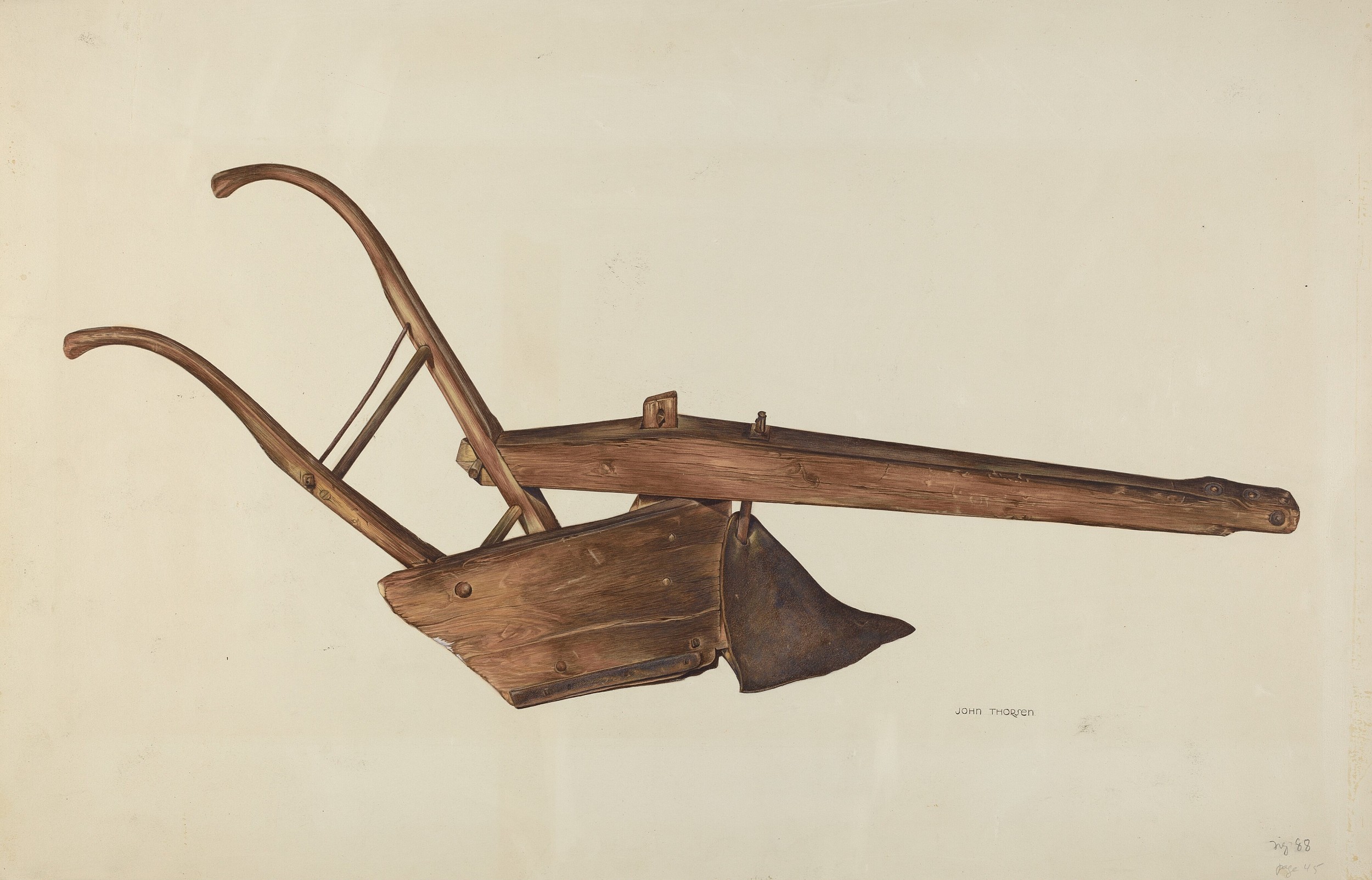Plowing a Place in History

Quyuan plow. (PHOTO:VCG)
By BI Weizi
Chinese people have long known how to use oxen and horses to pull carts, with cattle being the main draft animal. However, it was after Spring and Autumn Period (770 BC-476 BC), that animal husbandry was rapidly popularized throughout the country, and the frame structure of the plow was basically established in the Han Dynasty (202 BC-220) and continuously improved with the needs of production.
In the Tang Dynasty (618-907), the curved-shaft plow, later called the Quyuan plow, was invented on the basis of two oxen pulling the plow. It needed only one ox to pull it and had a perfect structure that was light, flexible and could adjust the digging depth.
Compared with previous plows, the Quyuan plow had two main features: first, the straight and long shaft was changed into a curved and short one, and a shaft head was invented and installed so that it could rotate freely. The plow disc not only makes the plow frame smaller and lighter, but also facilitates flexible operation, thus saving manpower and animal power.
Second, the plow blade and plow arrows are added. When the plow blade is pushed forward, the plow arrows can be moved downward. When the blade is pushed forward, the plowshare penetrates deep into the soil. Moreover, the earth could be turned away from the blade because the arms were also curved, which both reduced friction and more effectively plowed the soil.
The organic combination of arrows and plowshares adapted to the different requirements of deep and shallow plowing and facilitated intensive farming.
The invention of the Quyuan plow, which had been used for more than a thousand years, is a milestone in the country's history of agricultural development.






